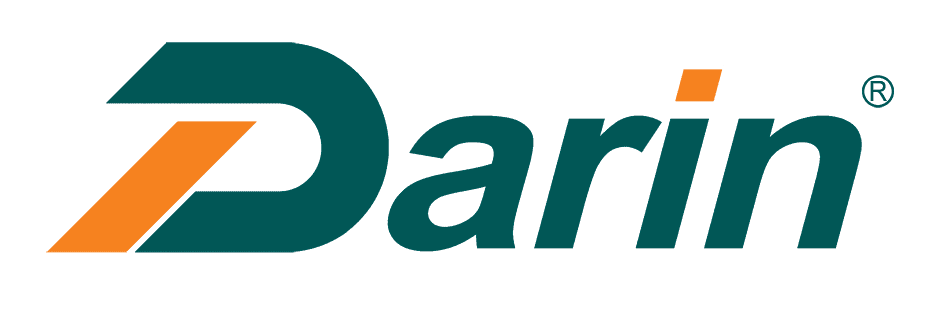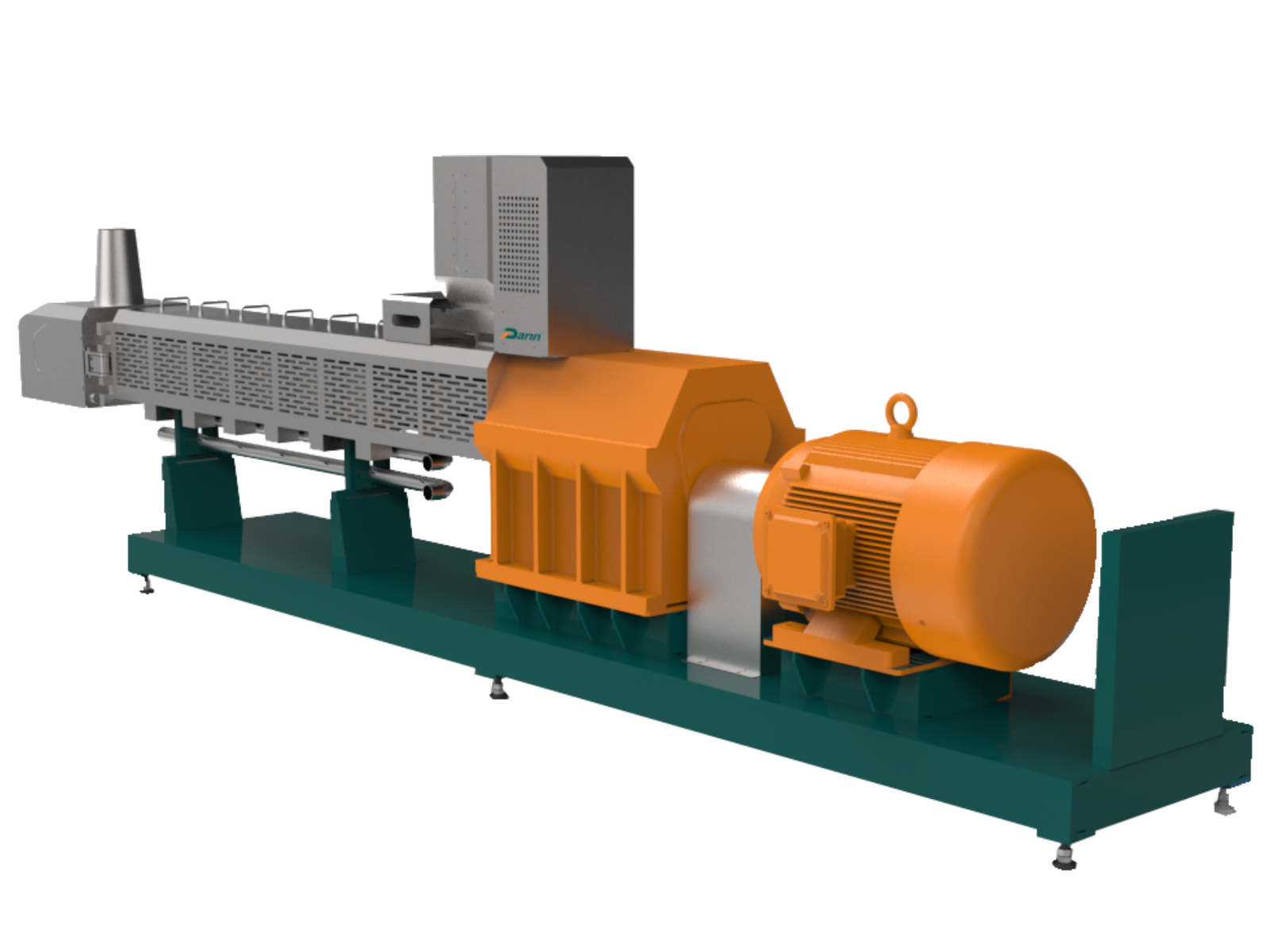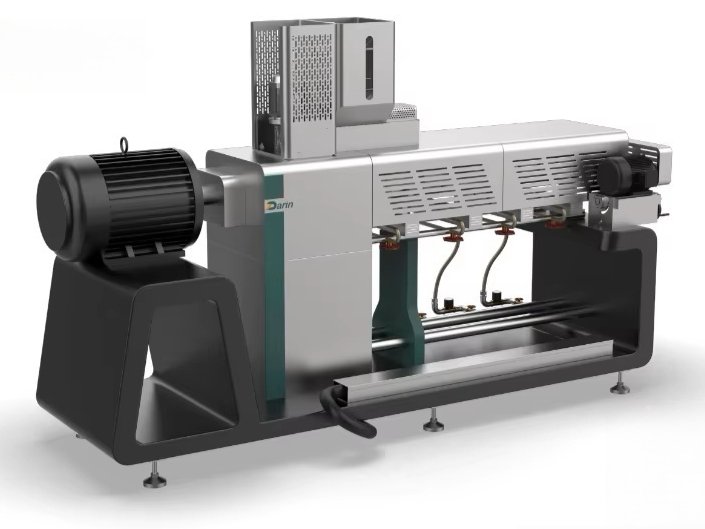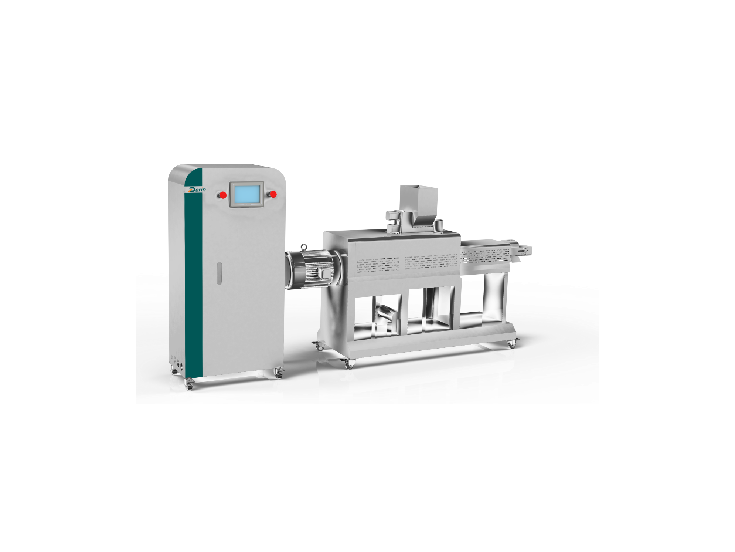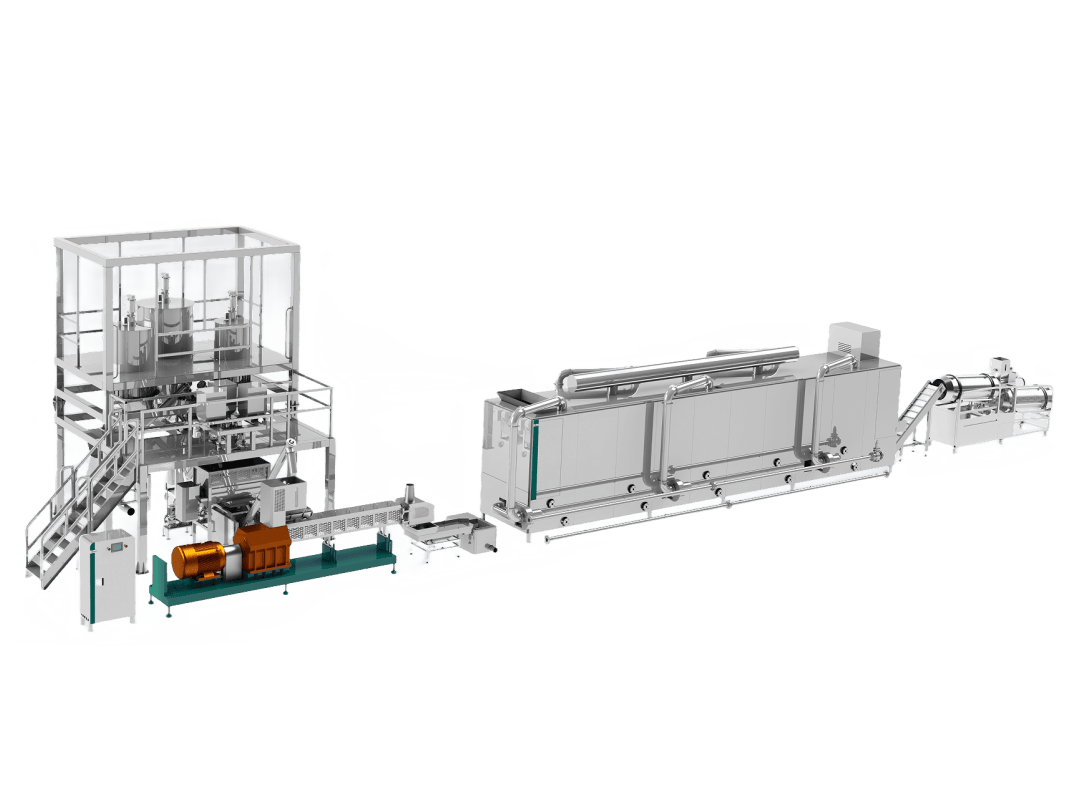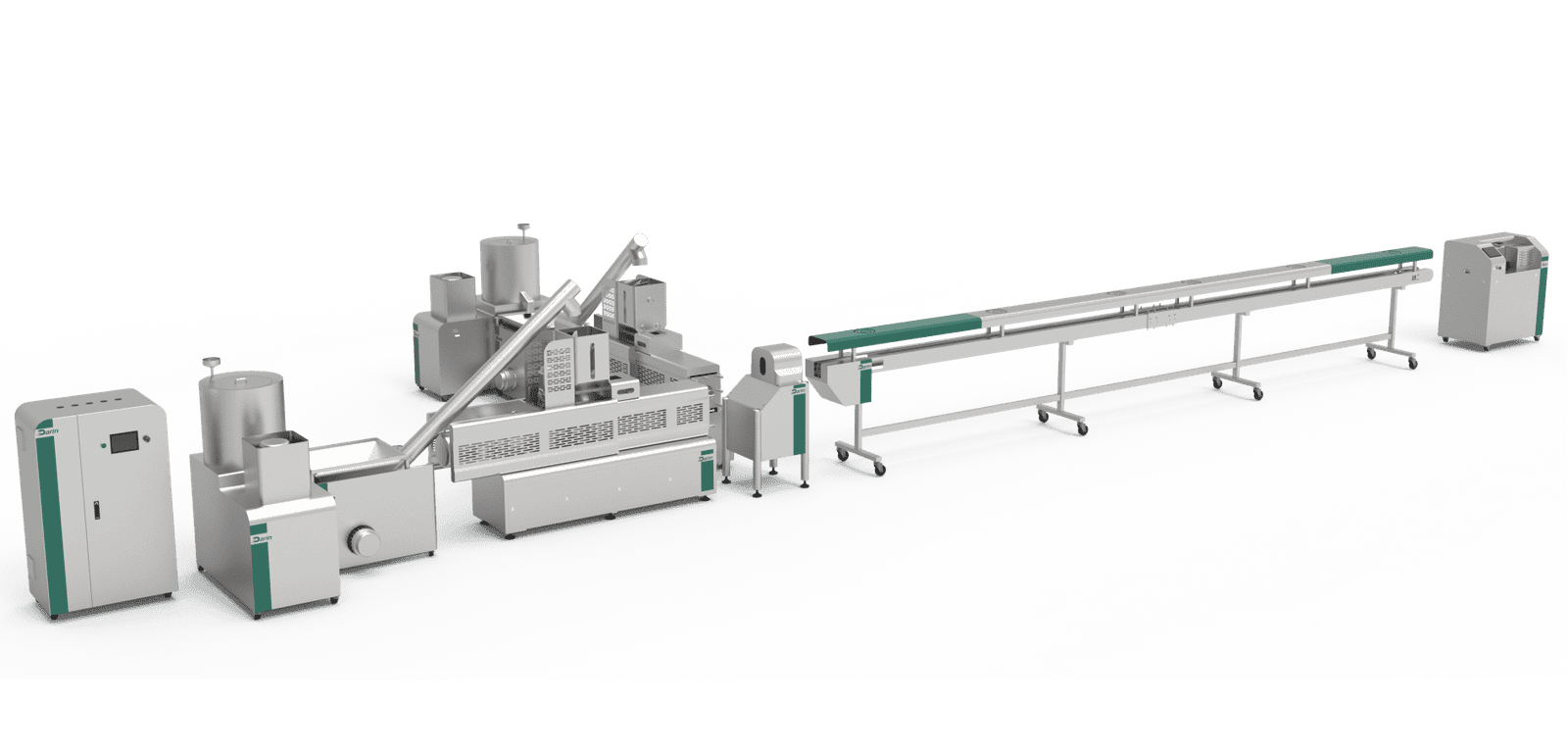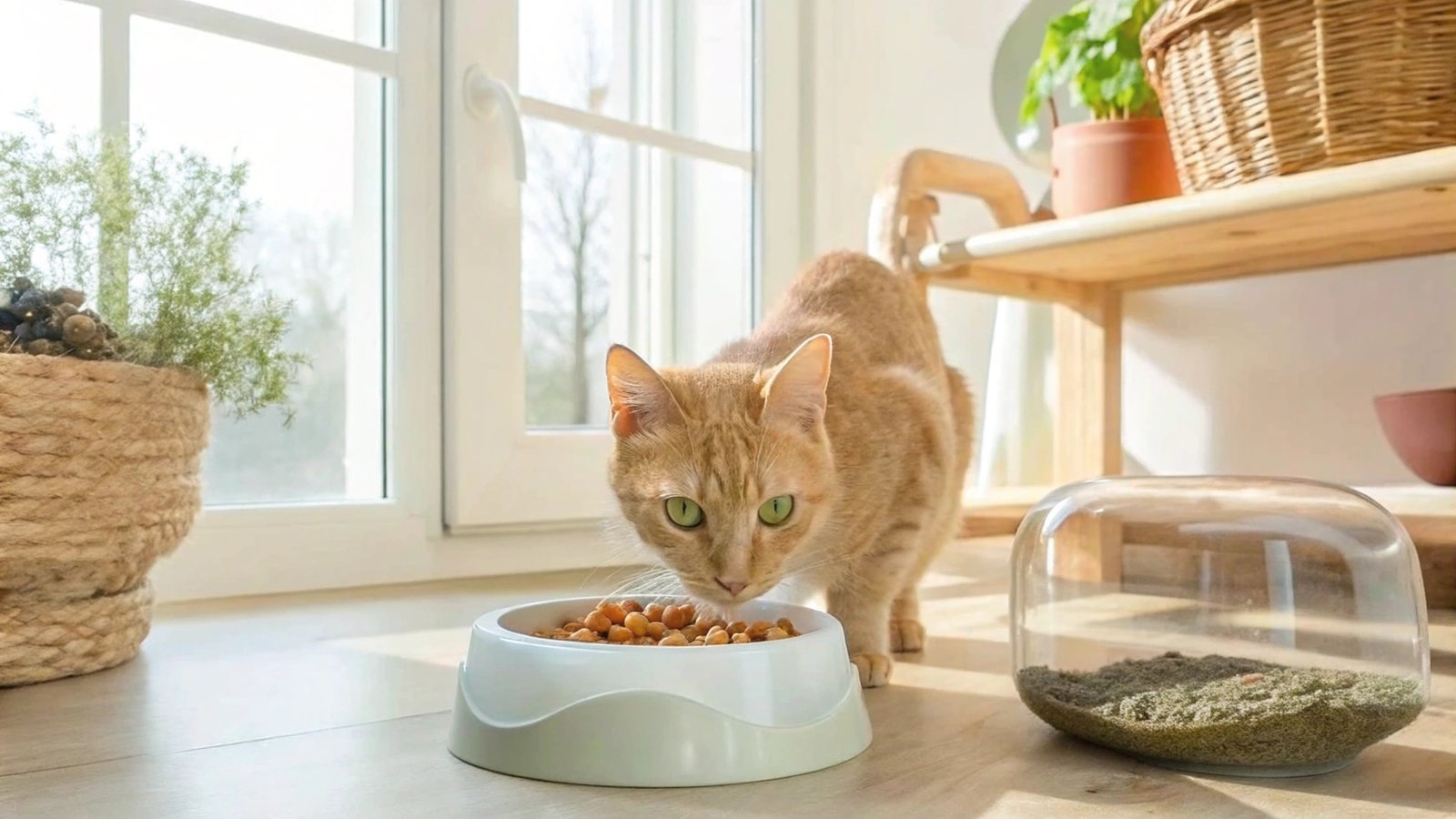
Cat owners often wonder what goes into their feline's dry food. The quality and composition of dry cat food significantly impact a cat’s health, digestion, and overall well-being. Choosing the right ingredients ensures that your cat receives balanced nutrition while avoiding unnecessary fillers or harmful additives.
Most dry cat food is made of animal-based protein sources like chicken, fish, or beef, combined with plant-based ingredients such as grains, legumes, and fiber sources. It also contains essential fats, vitamins, minerals, and sometimes probiotics to enhance digestion. These ingredients are processed through extrusion, which ensures shelf stability and optimal texture.
Understanding what’s inside your cat’s kibble helps you make informed choices about their diet. Let’s explore the ingredients commonly found in dry cat food and their nutritional roles.
Key Ingredients in Dry Cat Food
Dry cat food formulations vary by brand and quality, but most kibbles share similar core components. Below are the primary ingredients found in commercial dry cat food:
1. Protein Sources (Meat, Poultry, or Fish)
Cats are obligate carnivores, meaning they require a high-protein diet derived from animal sources. High-quality dry cat food includes proteins such as:
- Chicken – A lean source of protein, commonly used in cat food.
- Turkey – Similar to chicken but often included in hypoallergenic diets.
- Beef – Rich in essential amino acids, though less common due to digestibility concerns.
- Fish (Salmon, Tuna, Whitefish) – Provides omega-3 fatty acids, essential for skin and coat health.
- Eggs – A complete protein source with high digestibility.
2. Carbohydrates and Fiber
While cats do not require carbohydrates in large amounts, small portions help with energy and digestion. Common carbohydrate sources include:
- Rice – Easily digestible and often used in sensitive stomach formulas.
- Corn and Wheat – Frequently used but may cause allergies in some cats.
- Oats and Barley – Provide fiber and energy with lower allergenic potential.
- Peas and Lentils – Often found in grain-free formulas as alternative carb sources.
3. Healthy Fats and Oils
Fats are essential for energy, skin health, and a shiny coat. High-quality dry cat food includes:
- Chicken fat – A primary fat source that enhances flavor.
- Fish oil – Rich in DHA and EPA for brain and joint health.
- Flaxseed oil – A plant-based source of omega-3 fatty acids.
4. Essential Vitamins and Minerals
Cats require a range of vitamins and minerals to maintain overall health, including:
| Nutrient | Function | Sources |
|---|---|---|
| Taurine | Essential for heart and eye health | Animal-based proteins |
| Vitamin A | Supports vision and immunity | Liver, fish oil |
| Calcium | Strengthens bones and teeth | Bone meal, eggshell powder |
| Phosphorus | Works with calcium for bone health | Meat and fish |
| Omega-3 & 6 | Supports coat and skin health | Fish oil, chicken fat |
5. Preservatives and Additives
To ensure long shelf life and freshness, manufacturers add preservatives such as:
- Natural preservatives (Vitamin E, Vitamin C)
- Artificial preservatives (BHA, BHT, ethoxyquin – some brands avoid these)
Nutritional Breakdown of Dry Cat Food
Here’s a comparison of typical dry cat food nutrient composition:
| Nutrient | Percentage in Dry Cat Food | Function |
|---|---|---|
| Protein | 30-45% | Supports muscle development and maintenance |
| Fat | 10-20% | Provides energy and essential fatty acids |
| Carbohydrates | 20-40% | Offers energy, though not essential |
| Fiber | 3-6% | Aids digestion and prevents hairballs |
| Moisture | 8-12% | Maintains texture and shelf stability |
High-Quality vs. Low-Quality Dry Cat Food
Not all dry cat foods are created equal. Premium brands use high-quality animal proteins and natural preservatives, while budget brands may contain more fillers and artificial additives.
| Feature | High-Quality Dry Cat Food | Low-Quality Dry Cat Food |
|---|---|---|
| Protein Source | Real meat, poultry, or fish | Meat by-products, meal fillers |
| Carbohydrates | Whole grains, legumes | Corn, wheat, soy fillers |
| Fats | Omega-rich sources (fish oil) | Unspecified animal fats |
| Preservatives | Natural (Vitamin E, C) | Artificial (BHA, BHT, ethoxyquin) |
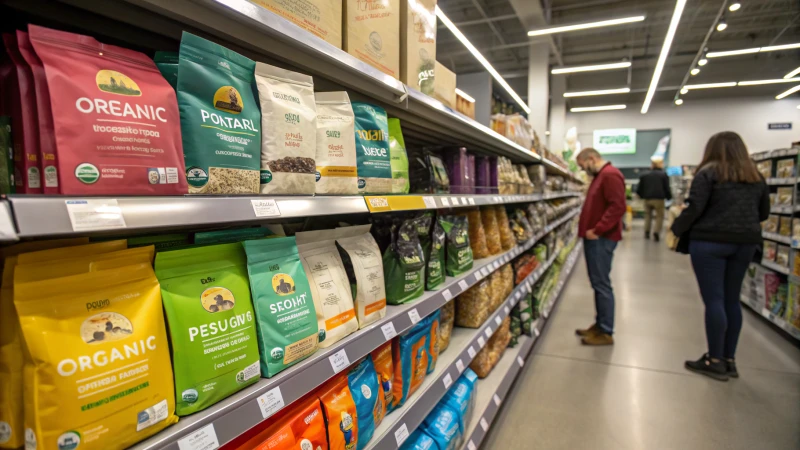
Choosing the Best Dry Cat Food for Your Cat
When selecting dry cat food, consider the following:
- Check the Ingredient List – Ensure real meat is listed as the first ingredient.
- Avoid Fillers – Avoid excessive corn, wheat, or soy, which may cause allergies.
- Look for Taurine – Taurine is essential for feline heart and vision health.
- Consider Your Cat’s Age and Health – Kittens, adults, and senior cats have different dietary needs.
- Choose a Reputable Brand – Opt for brands with high safety and quality standards.
Conclusion
Dry cat food is primarily made from animal proteins, carbohydrates, fats, vitamins, and minerals, processed through extrusion to create crunchy kibble. High-quality dry cat food prioritizes real meat sources, essential nutrients, and natural preservatives, while low-quality options often contain fillers and artificial additives.
If you’re looking for premium dry cat food that meets all nutritional needs, check out our expert recommendations today!
